Blog #85 [CAM/O]
Blog #85 [CAM/O]
For some reason recently I’ve been putting [brackets] on everything such as file names, titles, and folder names. There are three reasons that I think I am doing this.
- Brackets remind me of frame lines that are used within most camera viewfinders to give you the approximate edges of the frame. Since I’m totally obsessed with photography, this makes perfect sense and is the most likely cause of this quickly forming habit.
- Perhaps I’m reminded of the technique of bracketing or taking multiple images [usually 3 or 5] all at slightly different exposures and then combining those images to make an HDR [High Dynamic Range] image. This is true but not a likely cause of this behavior.
- The standard QWERTY keyboard has dedicated keys for the non-curved edition of the bracket, back to back, from your right pinky and the more commonly curved brackets or (parentheses) require the use of the shift key. This is inefficient and utterly nonsense. Who invented this asinine convention? I’m replacing the parentheses with the bracket from now on, who’s with me?
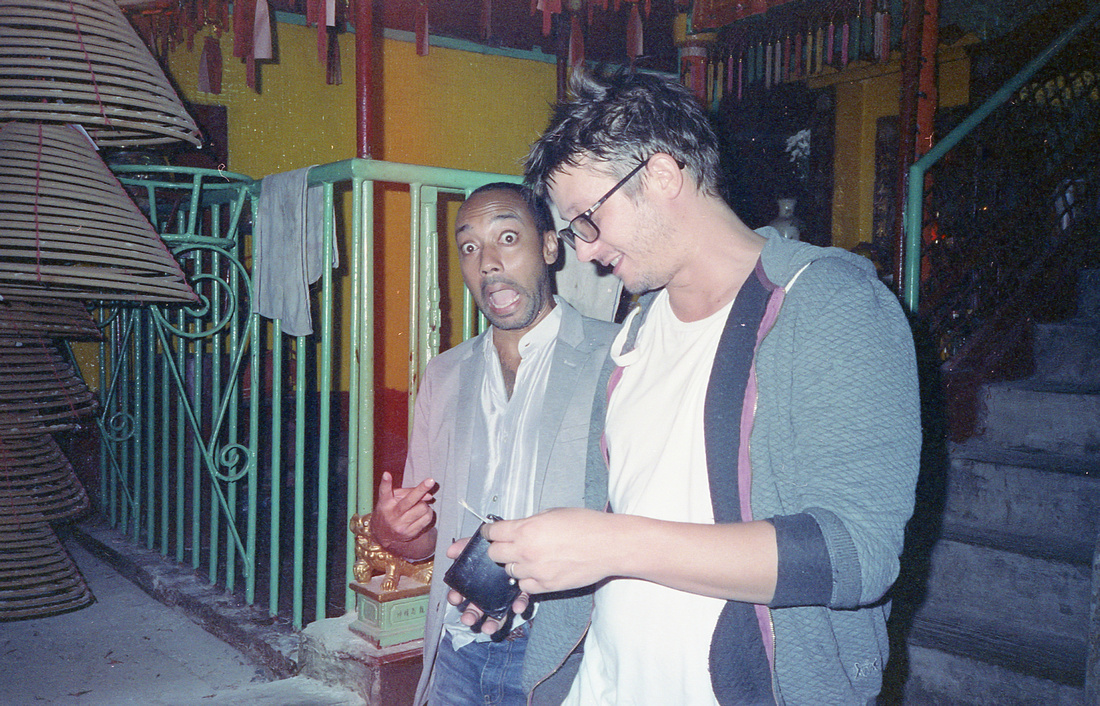

Actually, the purpose of this blog post was to share the three ingredients that are required to make images that work or images that may even be outstanding. It’s a simple formula, really. To help you remember it, I made up an easy to remember acronym [an abbreviation formed from the initial letters of other words and pronounced as a word].
[CAM/O]
Again with the brackets? Get used to it people, they’re here to stay.
So there’s your acronym and formula for making successful images. Here’s what it means.
1. Composition. There are like over a million words on this subject so I’ll be brief. Where will the subject be placed within the image in relation to the other objects? Think, How do I arrange this scene look awesome? This requires some deliberate thought and action albeit it may take a fraction of a second to actually execute in the real world. The term implies some additional effort to draw the attention of the viewer to your subject. Avoid placing the subject in the centre of every photo that you make. Change your point of view [POV]. This can be accomplished through various techniques that I have written about previously [here]. Albert Einstein famously said that “If you can’t explain it simply, then you don’t know it well enough”. Henri Cartier Bresson [arguably one of the best artist/photographers who ever lived] summed up composition in just one word, [Geometry].
2. Action. The subject of the image should have some sort of action going on. Think dynamic over static. A person can be posed or making a gesture that is strong and memorable. Gesture matters big time. Still life images and head shots or landscapes are more difficult to show action but the best ones arguably have this. Look at the sky in most Ansel Adams landscapes or Weston’s peppers. Use lighting in portraits to create action or drama.
3. Move/Out. Remove non-essential objects from the image or story. Watch the corners and check the background. Wait a few seconds for that dude to walk out of your frame, it’s well worth it. What you take out is as important as what you put in. This is best accomplished in the camera [see #1 above]. However, cropping may be necessary. Think less is more. Images may be simple or elaborate but only if required by the story. Alex Webb and Josef Kouldelka were masters of packing their frames with layers of chunky goodness and making delicious images that worked and worked extremely well for their complexity.
It’s easy to remember because it’s half of the words of camera. It’s a mnemonic device and therefore easier to remember [You’re Welcome!]. Camo is also a familiar word that is short for camoflauge and something that you might want to consider when dressing for candid street or event photography. Think all black.
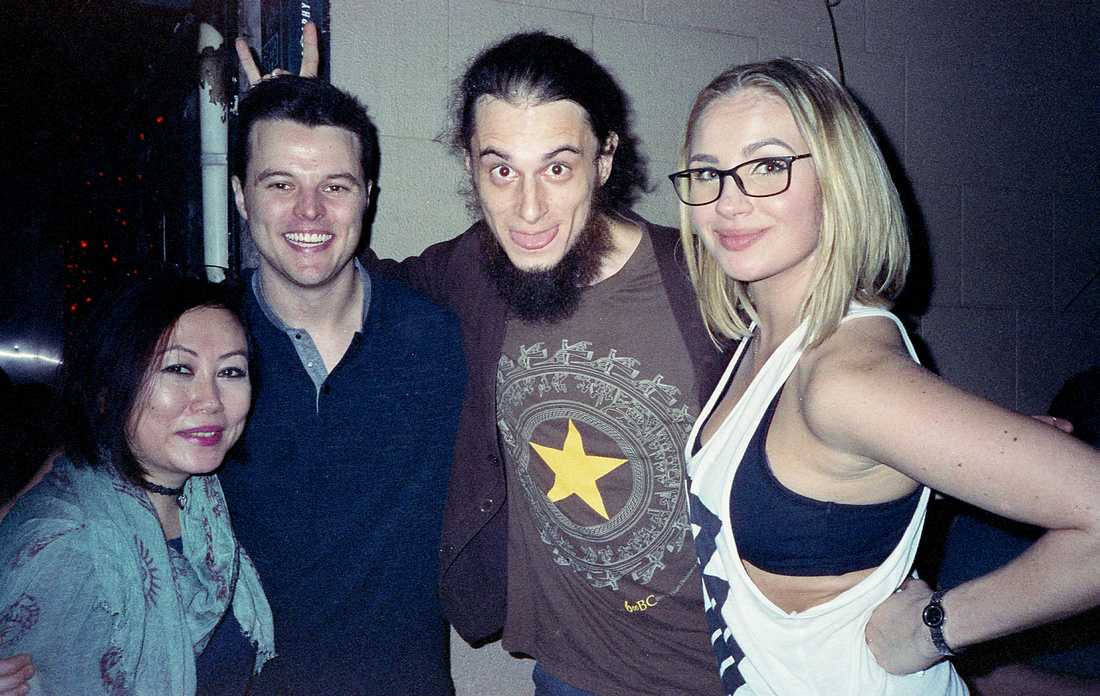

Let’s review:
You want make awesome images, don’t you? It’s easier said than done but write this on the top of your right hand next time you pick up a camera:
[CAM/O]
- Composition = Think, How do I arrange this scene look awesome?
- Action = Think, dynamic over static.
- Move/Out = Think, less is more.
Remember, the light is always right.
jhg
*Images in this blog post were shot on the streets of Hong Kong one night in November with a Nikon L35 and Cinestill 800 Color 35mm film.*
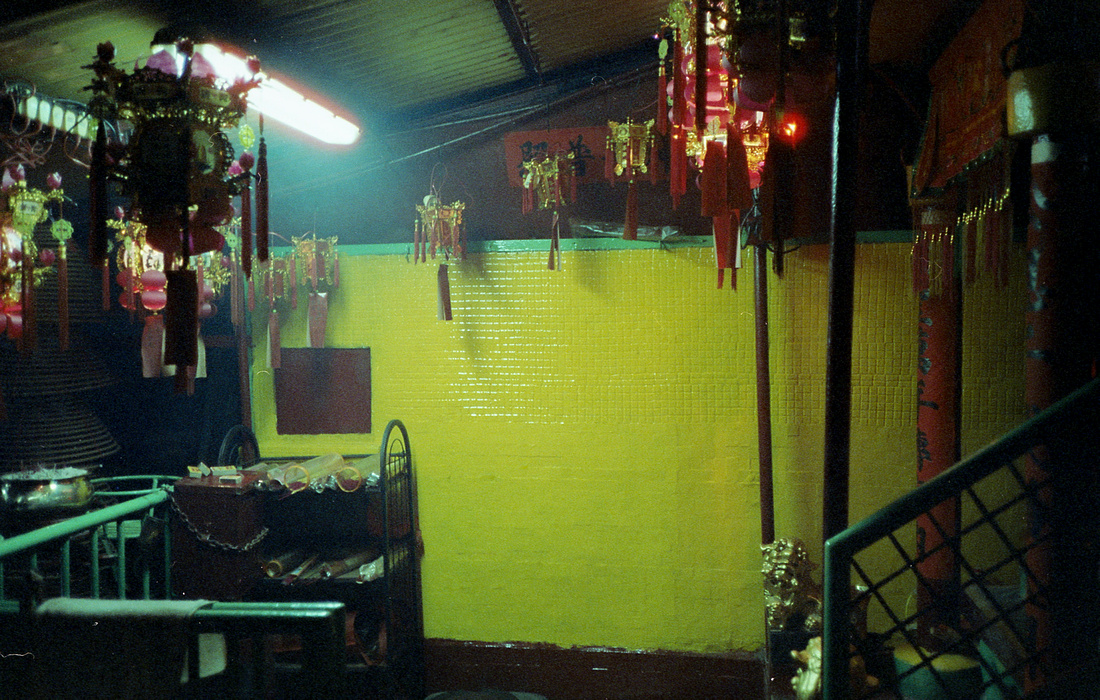



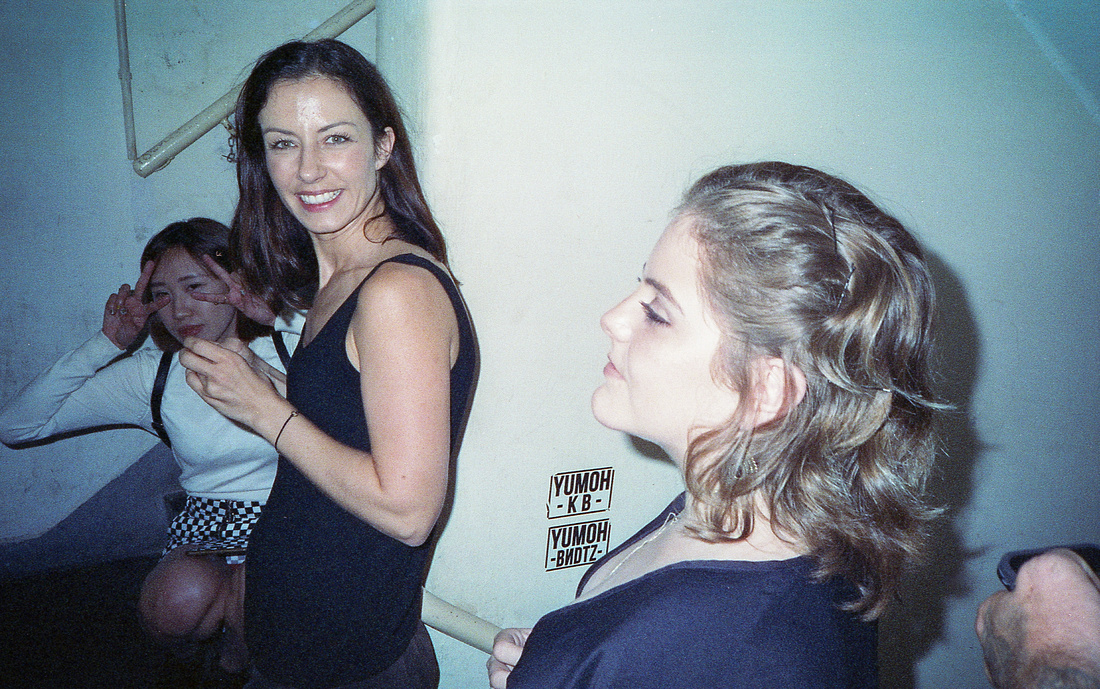

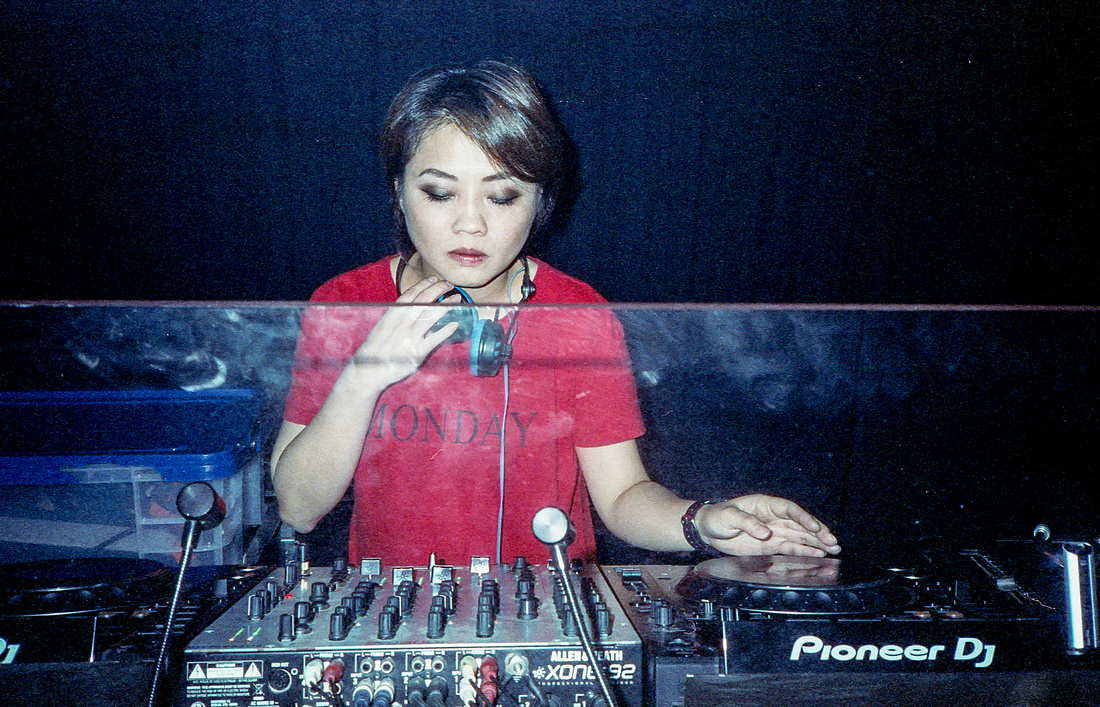

Casual Photophile Tip & Techniques No. 001 The Subject is the Subject
The Inspired Eye Photography Magazine Issue #40 (full interview)
Hong Kong Free Press: HKFP Lens
Blog #47 Composition, Composition, and More Composition
Blog #65 Summer is for Travel (Hanoi)
Blog #67 Risks, Rules, & Restrictions
Blog #68 Photography is a Gift
Blog #72 Living the Creative Life
Blog #84 Art as an Obligation?
Blog #84 Art as an Obligation?
While listening to a popular photography podcast recently, the host shared his perspective of making images [art] as an obligation. We are all individuals and therefore have a unique point of view of our own lives. Therefore, no one can make the art that we make except ourselves, he continued. If we don’t make the art of our own life, no one will. Therefore, he concluded, we must make the art of our own lives or else it will never be made and the world will lose out on something.
Obligation? Responsibility? While we can all comfortably can throw these words around when discussing marriage, parenting, or occupations that deal with life or death situations, like the police, a surgeon, or an airline pilot one does not easily consider the role of an artist as having the same call of duty.
If I told you that you have to make pictures, you owe it to the world, surely you would respond with a sidelong glance. I actually agree with the podcaster’s sentiment that we all need to be making art for ourselves, each other, and the world. Our lives are unique and only we can share art that we see and we make.
I think there is some value in taking on and accepting this point of view. It’s a selfless and altruistic stance and one that can provide us with a modest place in which to begin our creative process. You are unique! Your art is unique! Only you can make your art [photographs]. So you might as well get to it.
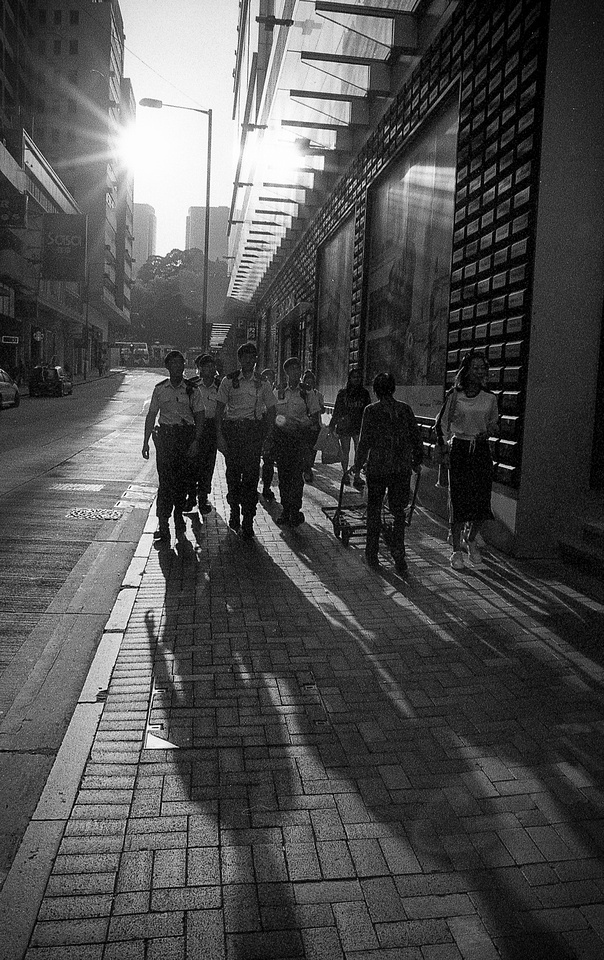

Finally, there are many ways to define a “healthy” life. Work, relationships, sexual connections, financial, spiritual, and physical areas are all generally accepted areas of attention for good health. I suggest that to develop your creative side [and yes we all have one] is to lead a well-balanced and healthy life. All parts of you need to be activated for optimal life heath. Do it for yourself, and others, and the world at large, whatever “it” might be.
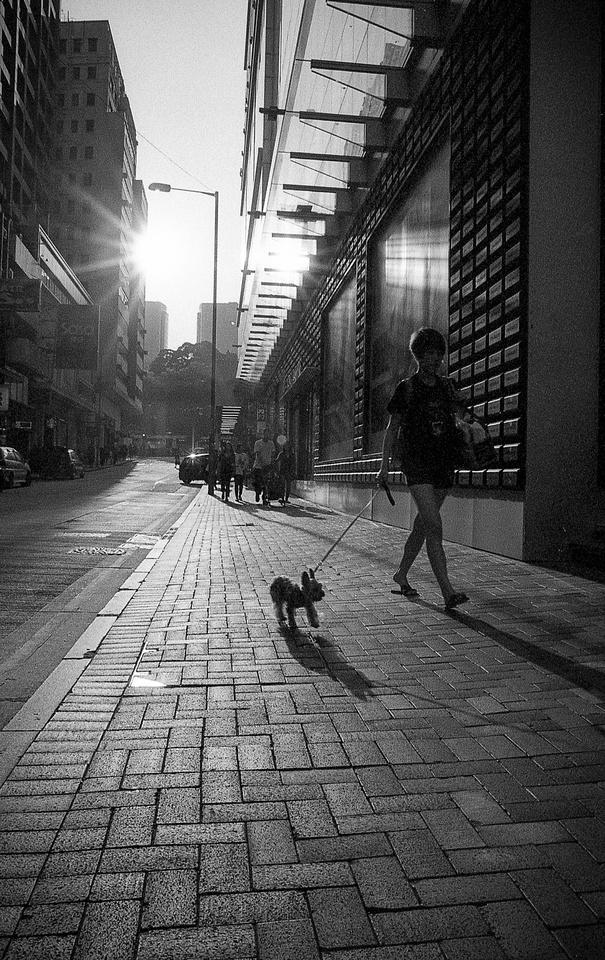

The light is always right.
jhg
**Images in this blog post were made on a Nikon camera, probably a 28mm lens, Kodak Tri-X 400 35mm film and developed at home with Bergger Berspeed somewhere on the streets [and ferry] of Hong Kong**
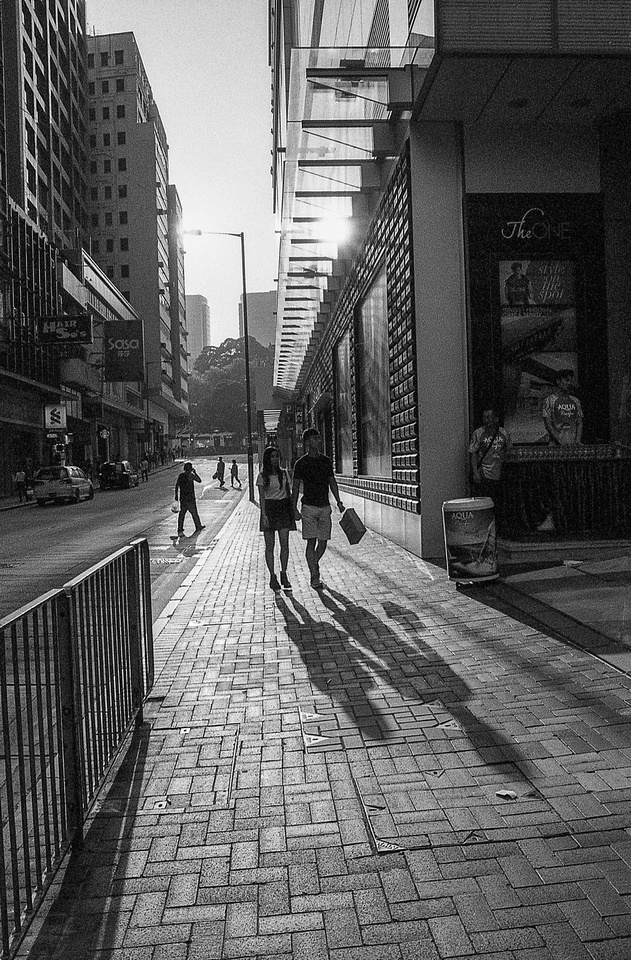

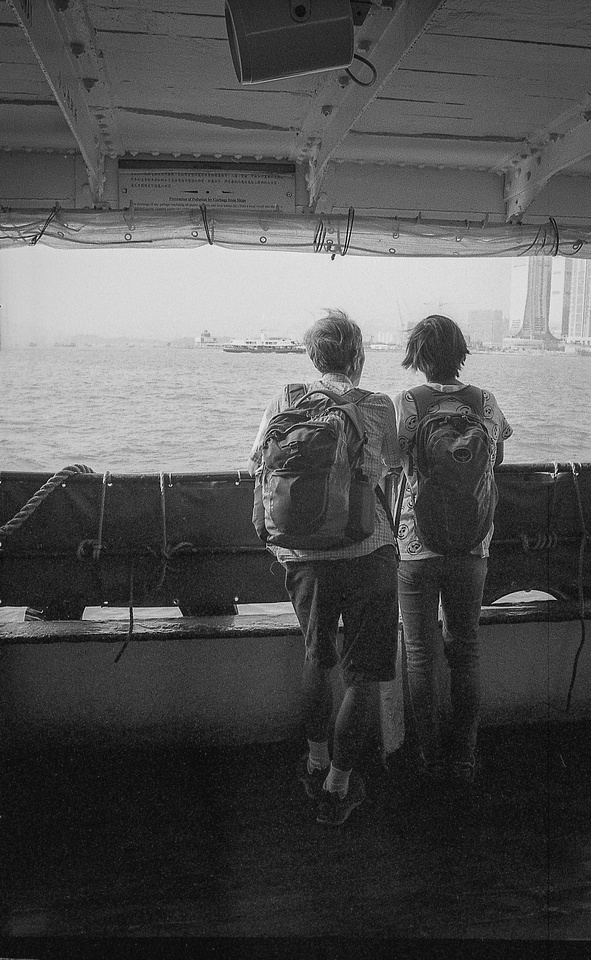

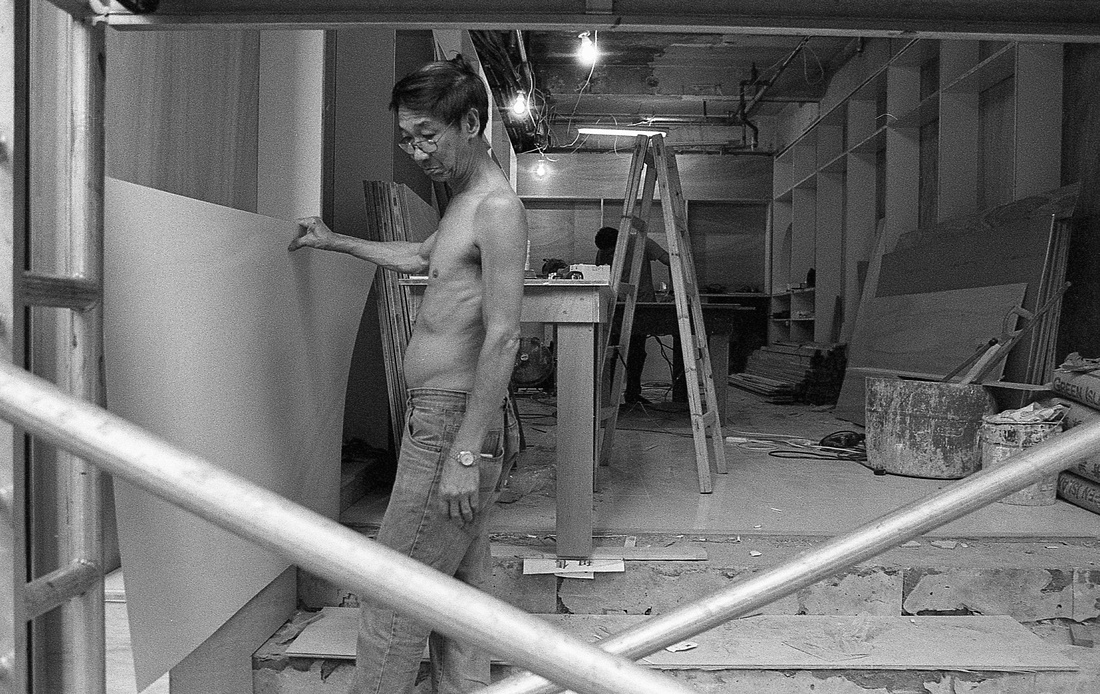

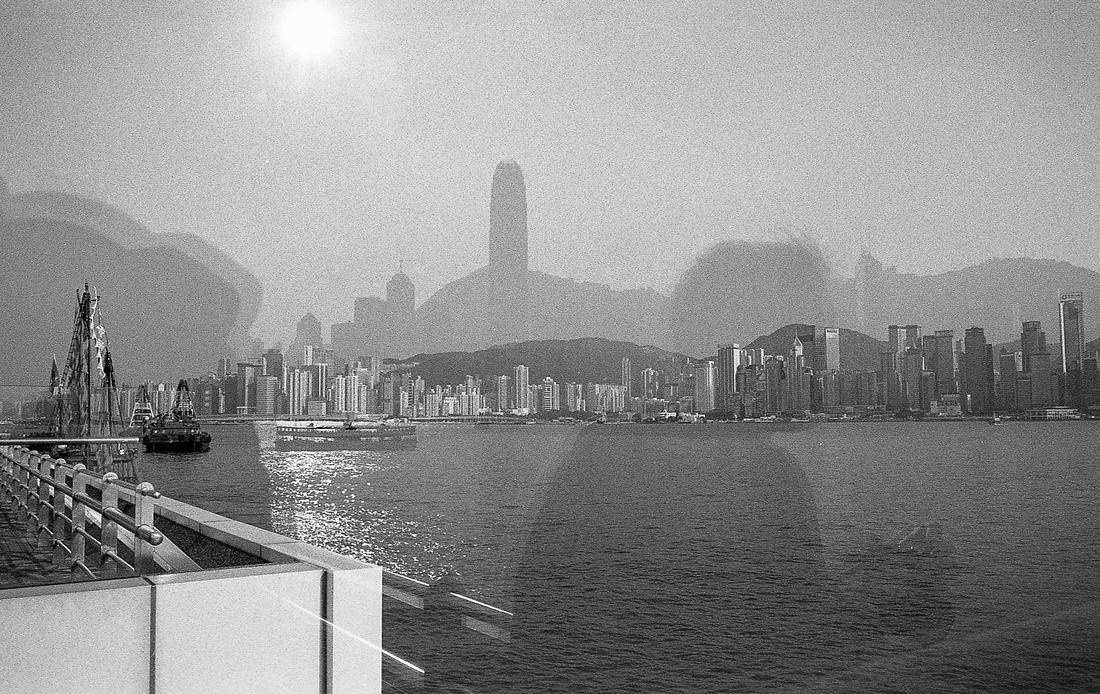

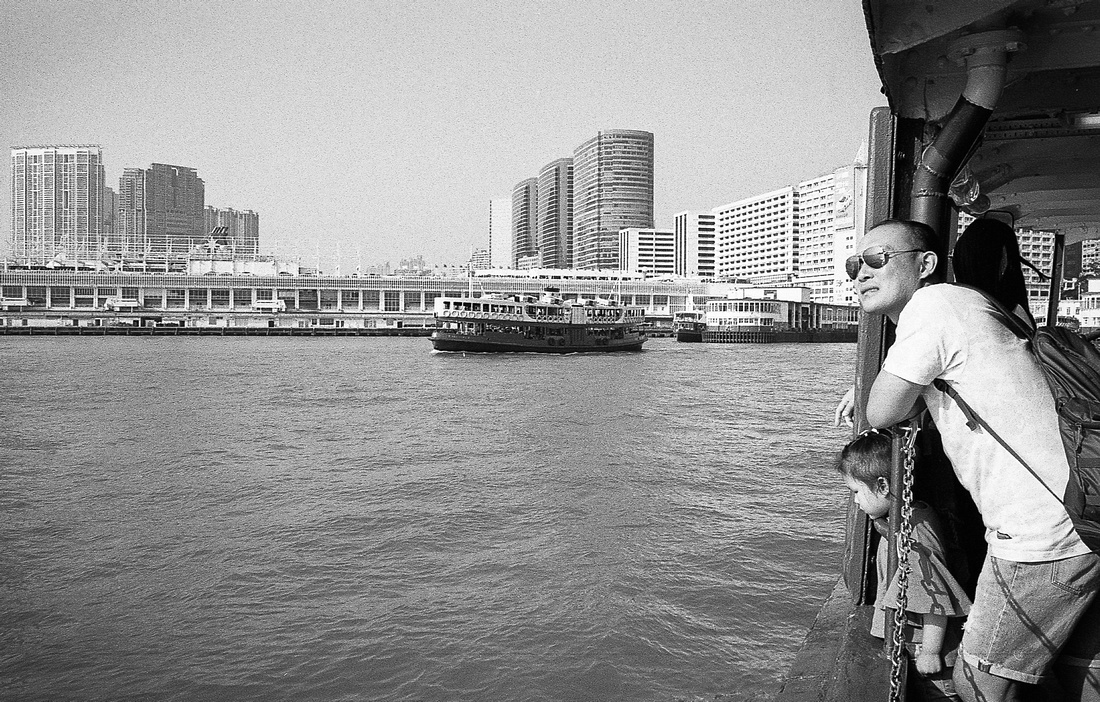

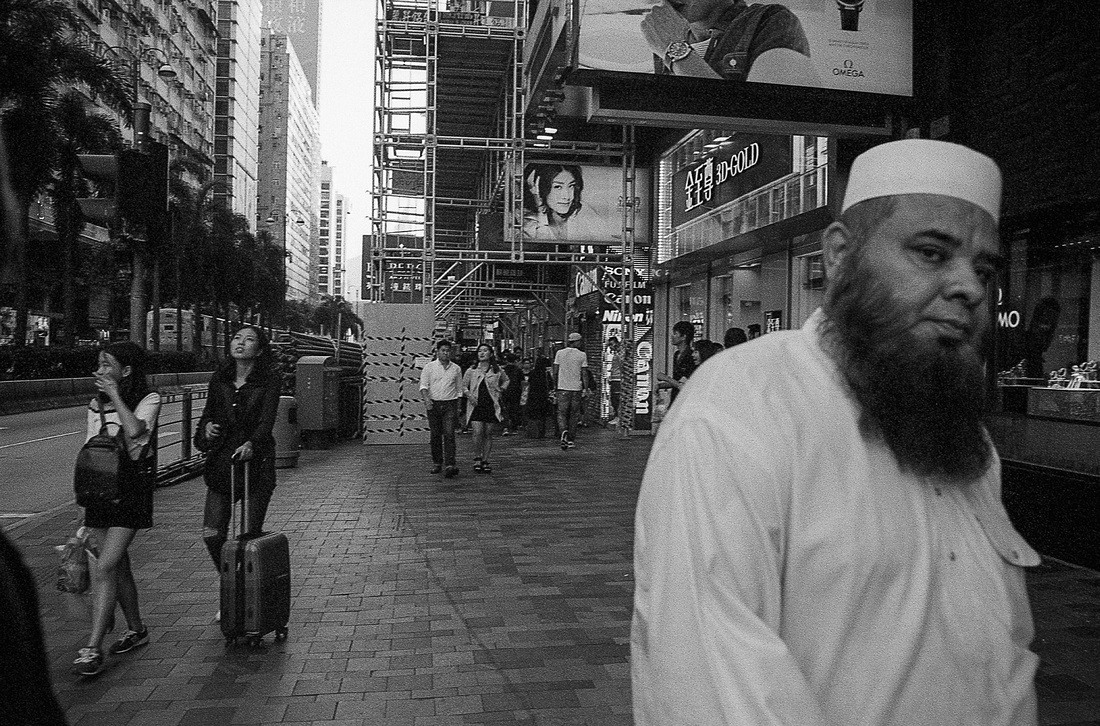

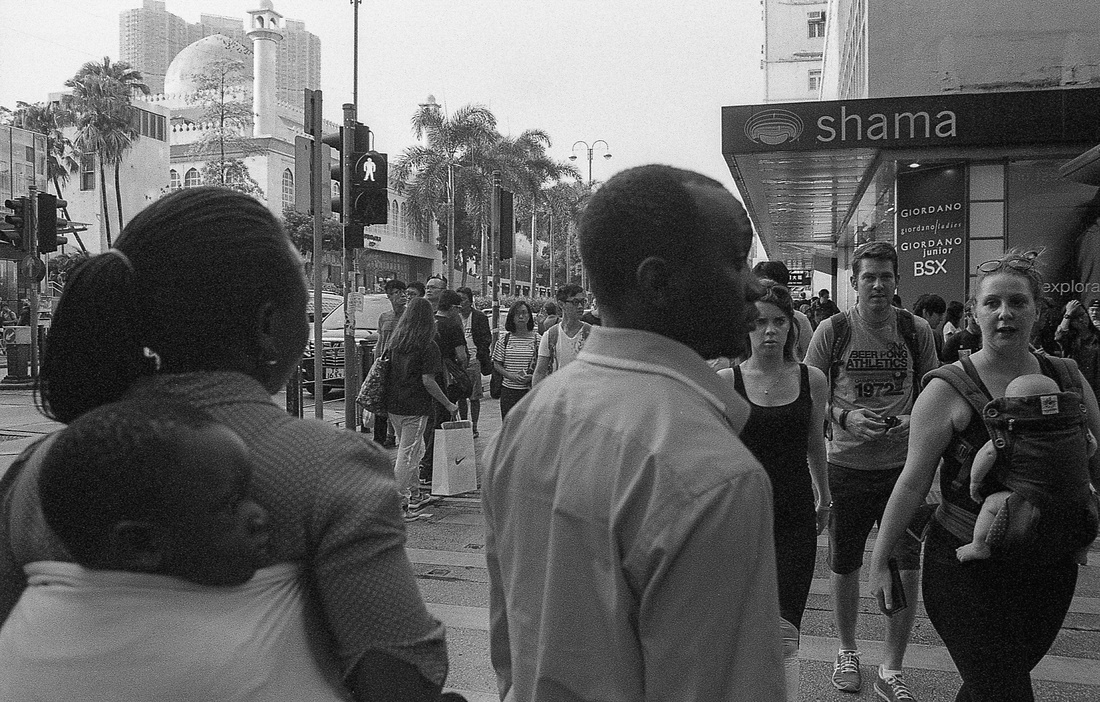

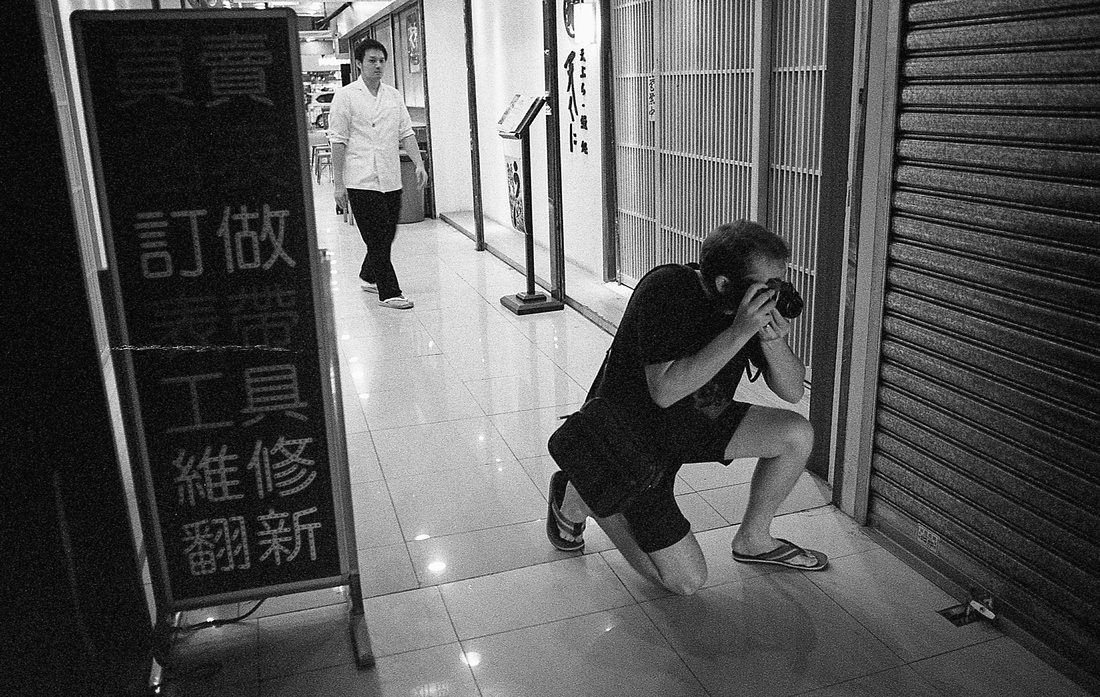

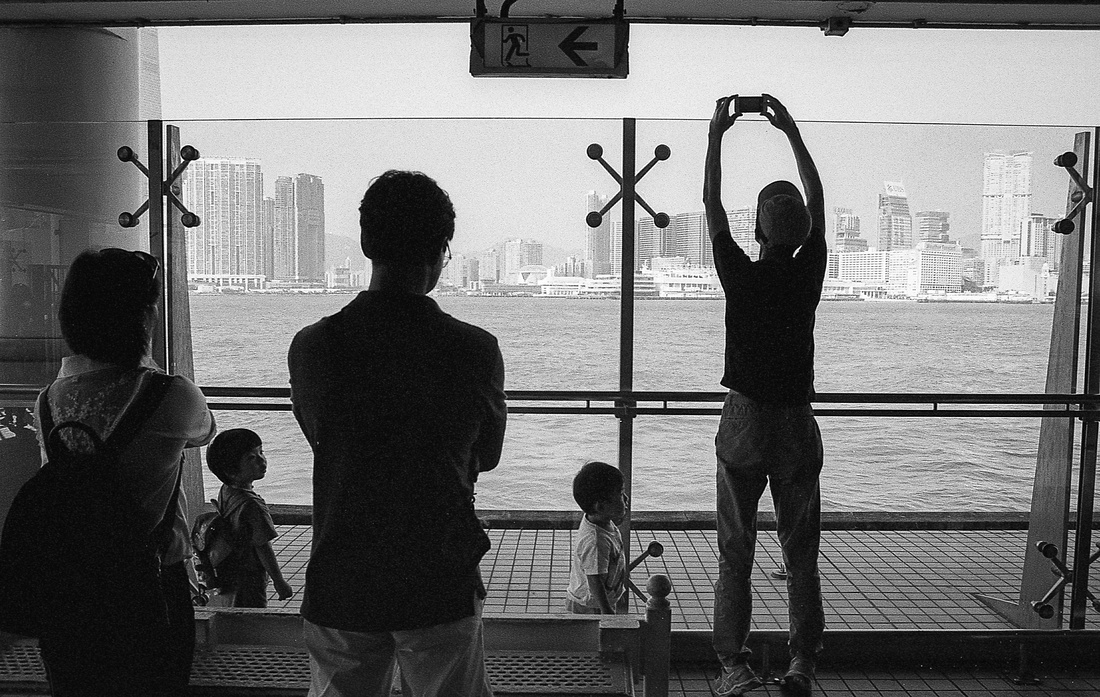

Casual Photophile Tip & Techniques No. 001 The Subject is the Subject
The Inspired Eye Photography Magazine Issue #40 (full interview)
Hong Kong Free Press: HKFP Lens
Blog #47 Composition, Composition, and More Composition
Blog #65 Summer is for Travel (Hanoi)
Blog #67 Risks, Rules, & Restrictions
Blog #68 Photography is a Gift
Blog #72 Living the Creative Life
Blog #83 What you can learn from other photographers
Blog #83 What you can learn from other photographers
W. H. Davenport was credited for the phrase,
Good artists copy; great artists steal.
While I think that there is certainly a lot that we can learn from our peers in terms of working technique, shooting style, artistic presentation, and more, stealing, according to this phrase was never intended to be taken literally.
The Blue Lotus Gallery in Hong Kong is the leading photography art gallery in Hong Kong and represents Fan Ho and other local talented artist photographers. The gallery also hosts a series of sessions where a photographer will talk about their work and latest book publication. I attended two talks recently, one from Nick Poon and one from KC Kwan.
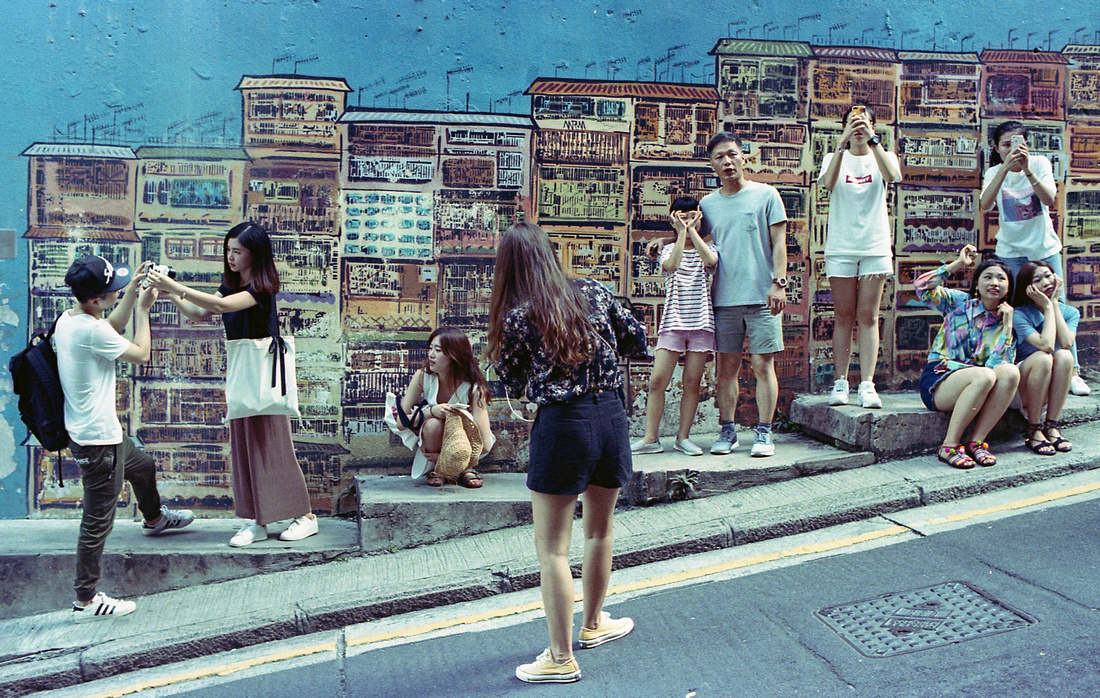

Both presented terrific work and to hear them discuss their vision and working style was truly inspiring and a real treat. Nick Poon documented small shop owners in their tiny cramped spaces using an iPhone 4s in a powerful collection titled Confined [受] while KC Kwan showed the dark, gritty underbelly of Hong Kong through sex workers, and junkies using his ultra wide lens in his piece titled Homebound. Kwan’s style is reminiscent of the Are-Bure-Boke style of the late 1960s early 1970s Provoke group from Japan. I was excited to purchase a signed copy of Homebound since I’m a huge fan of the Japanese Provoke style of images. The work was dark, and reflected the artist's tough upbringing as an orphan in inner city Hong Kong. He identified this connection between his style and the way in which he grew up and viewed life. He shared something amazingly insightful that really struck a nerve with me.
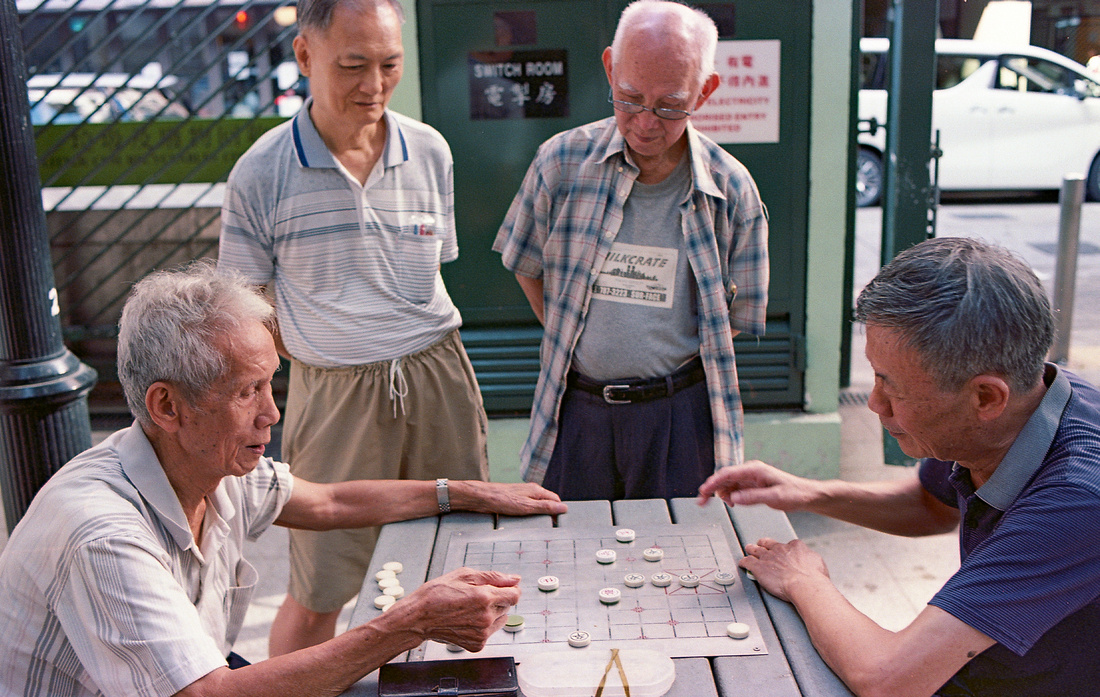

I was also struck by the fact that Nick’s included an entire series of images that resulted in a significant volume of work and book publication was shot on an iPhone 4S. This was clearly not apparent when looking through the book itself or when he shared images on his giant iPad, pinching in to zoom and show detail in the images. We guessed that he had used a 35mm lens of some sort. I was thinking he was using a Sony full frame sensor camera since the lighting in these stalls was all over the place. Boy, was I wrong! I know iPhones and other smartphones can take some decent quality images but I was genuinely surprised that this work was done a phone. This was proof positive that cameras and gear don’t mean shit.
In summary, I learned that:
- Gear really doesn’t matter. (I knew this already but sometimes we all need reminding).
- Basically we all make images of ourselves. Our work, if successful, reflects us in some way.
- It takes a long time to get a project to the finished state. These guys worked for 2-3 years on these projects.
Great stuff! Peers can be amazing teachers for sure!
The light is always right.
jhg
*Images herein were made on a Nikon F100, 35mm lens, and shot on Kodak Ektar 100 and Kodak Portra 400 35mm Color Film and developed at home, using DigiBase C-41 Kit from CameraFilmPhoto.com then scanned on an Epson Perfection V600 Photo Scanner at 2400dpi.
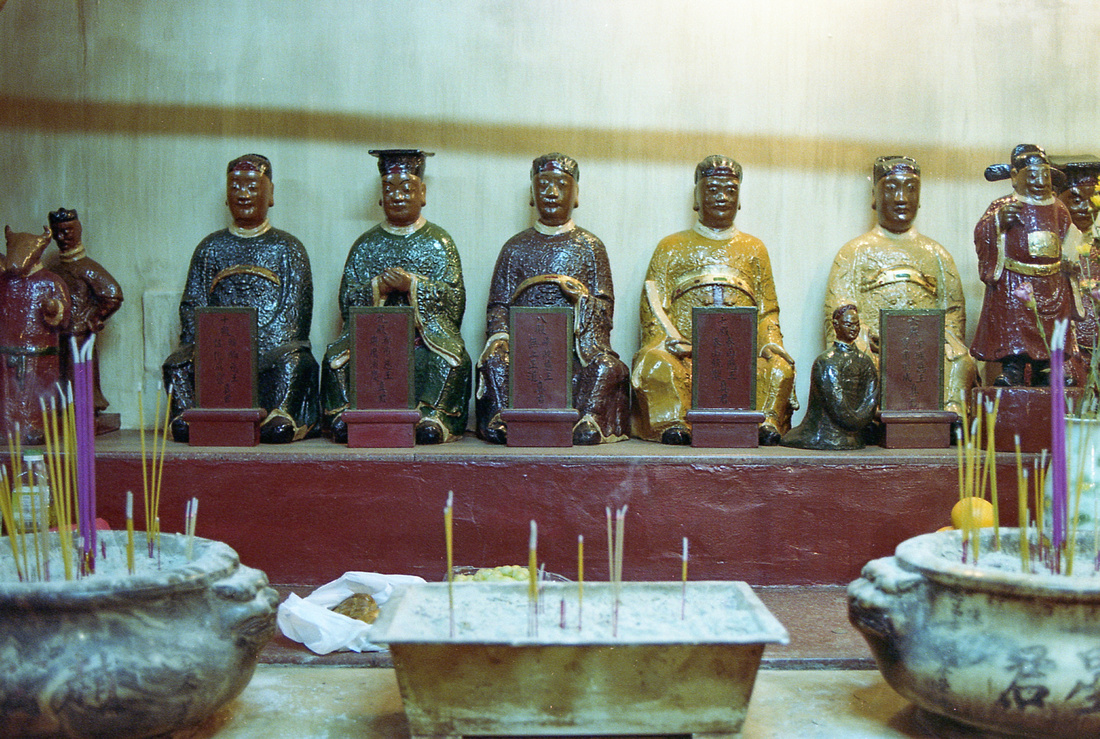

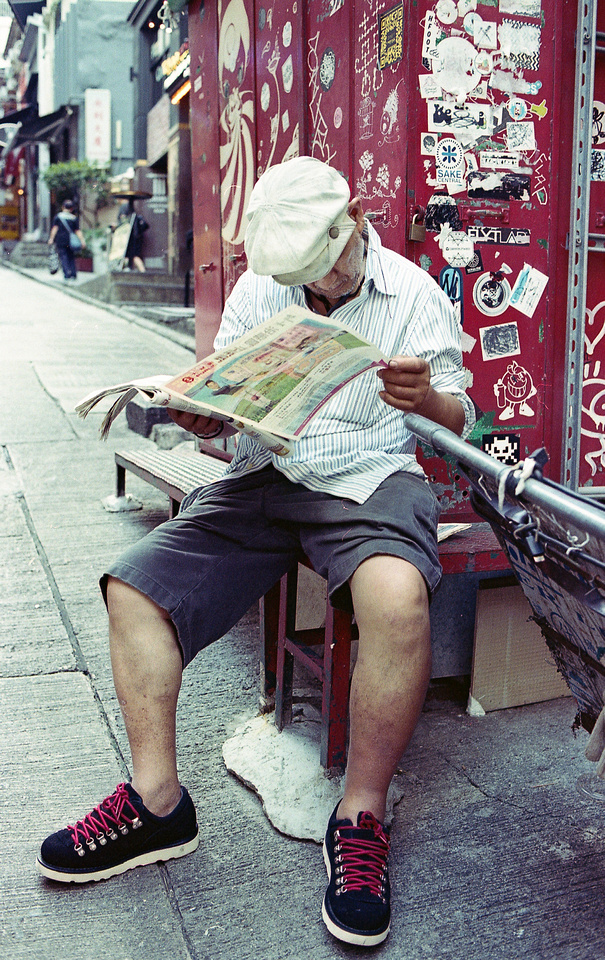

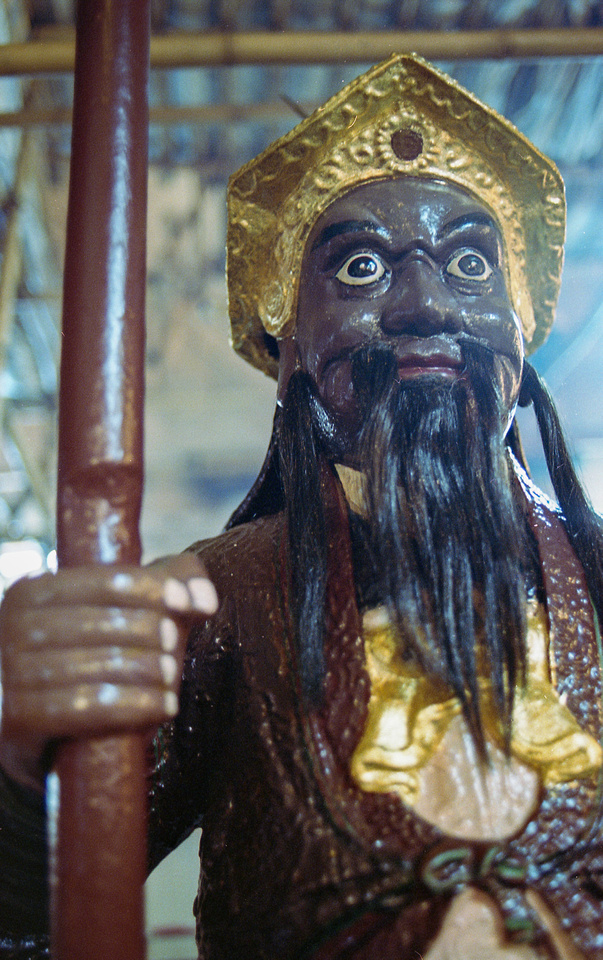

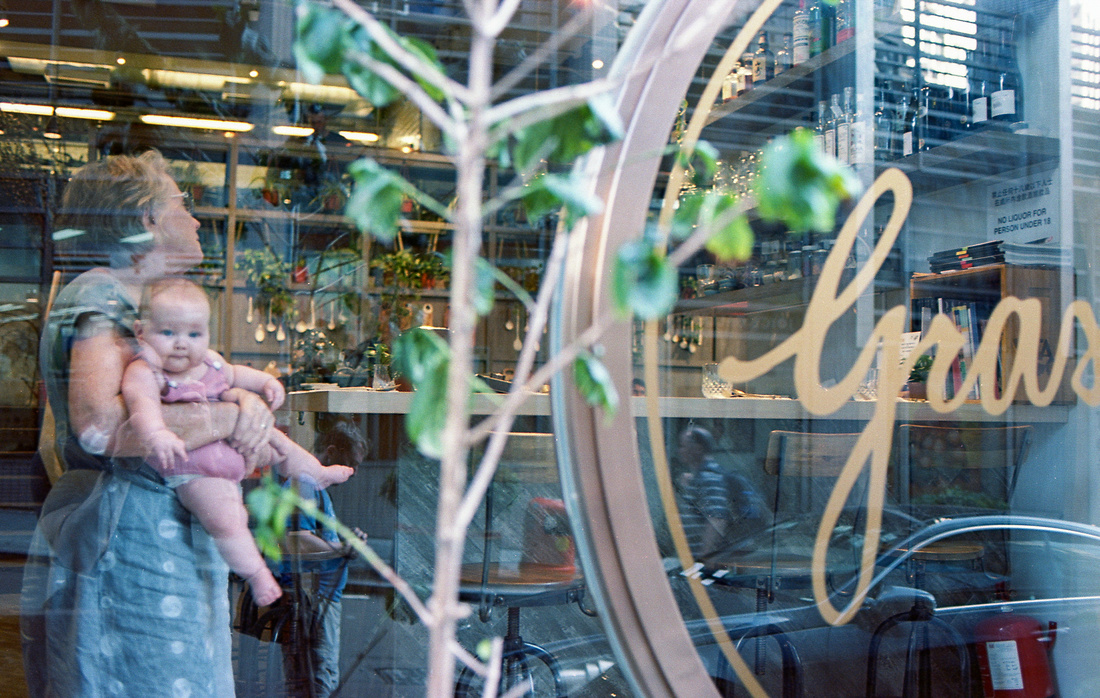

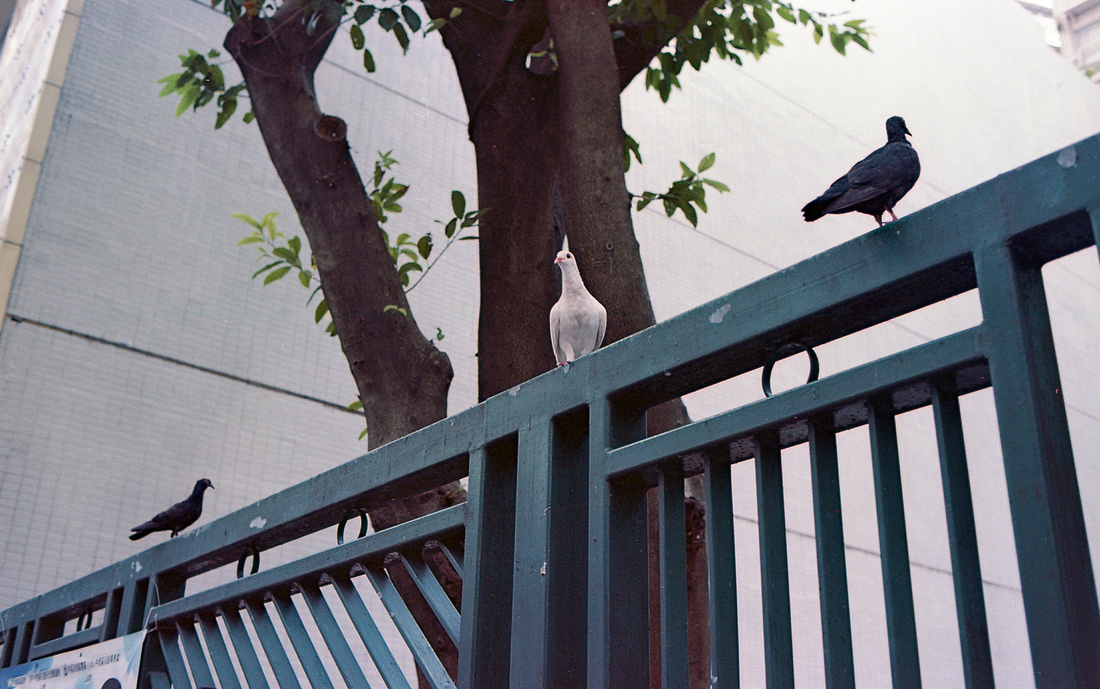

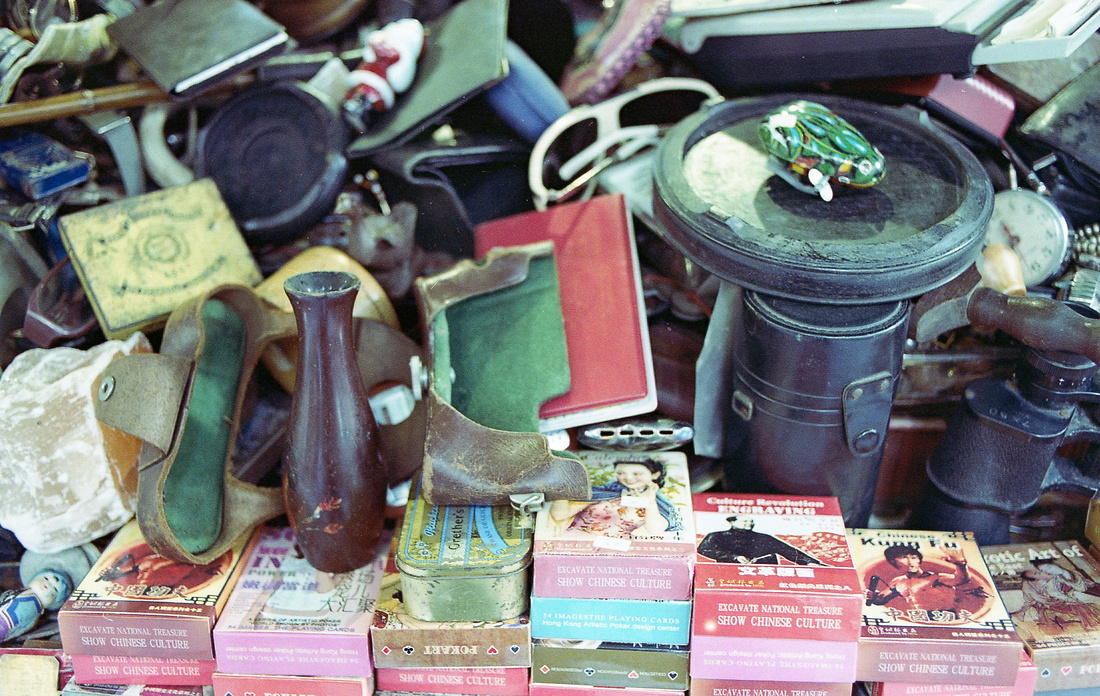



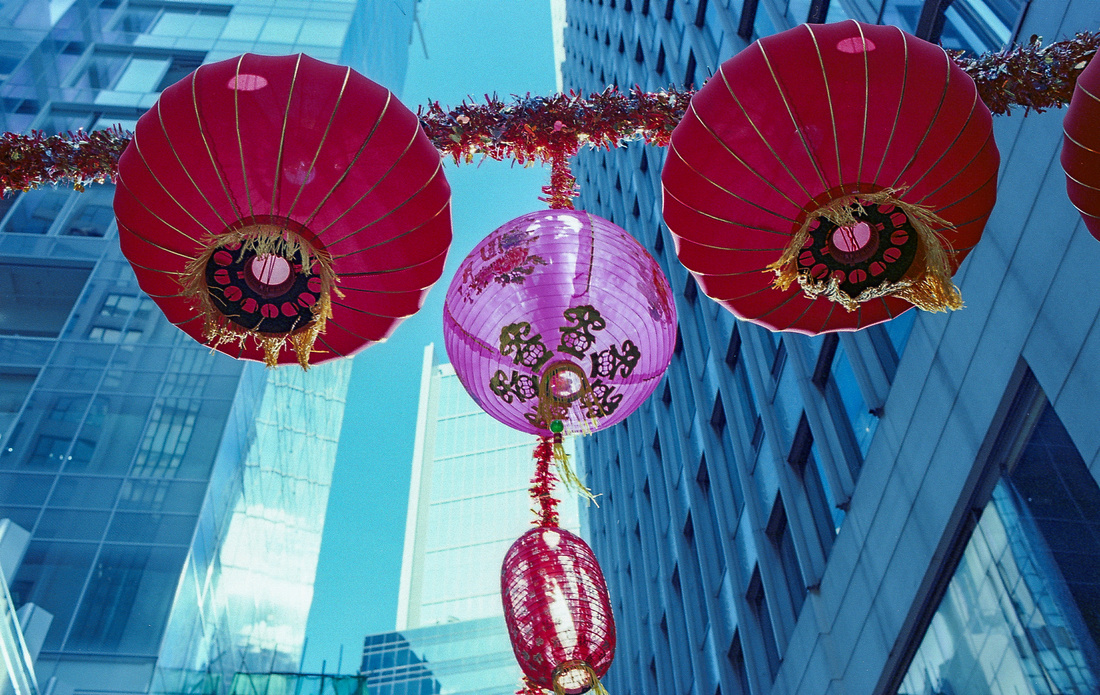

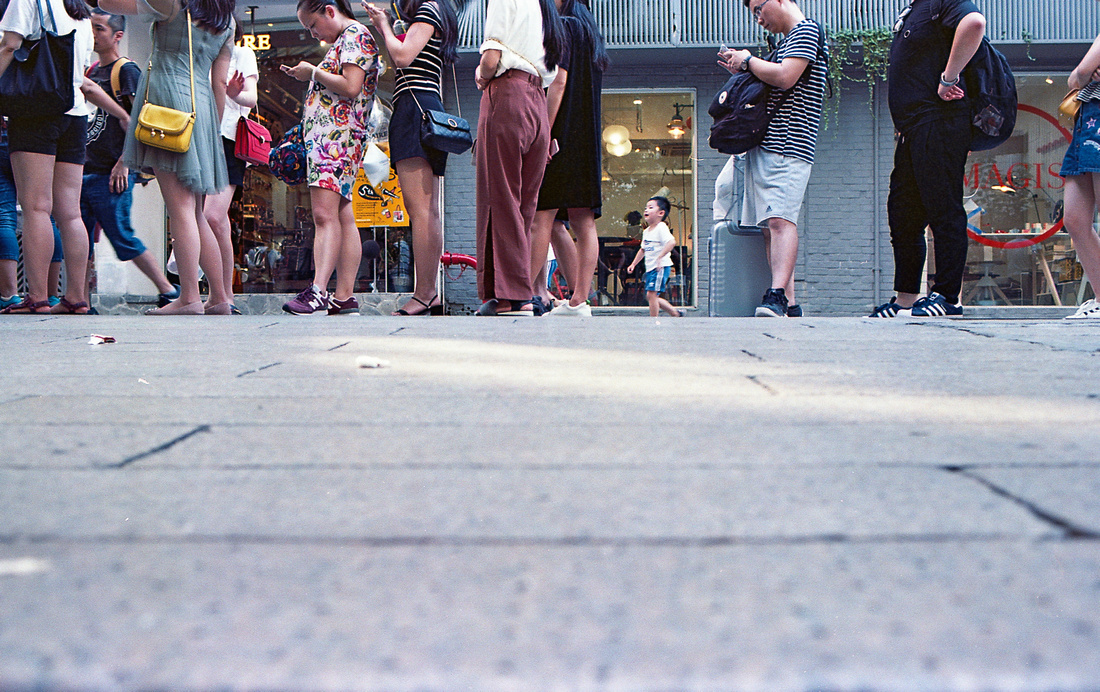

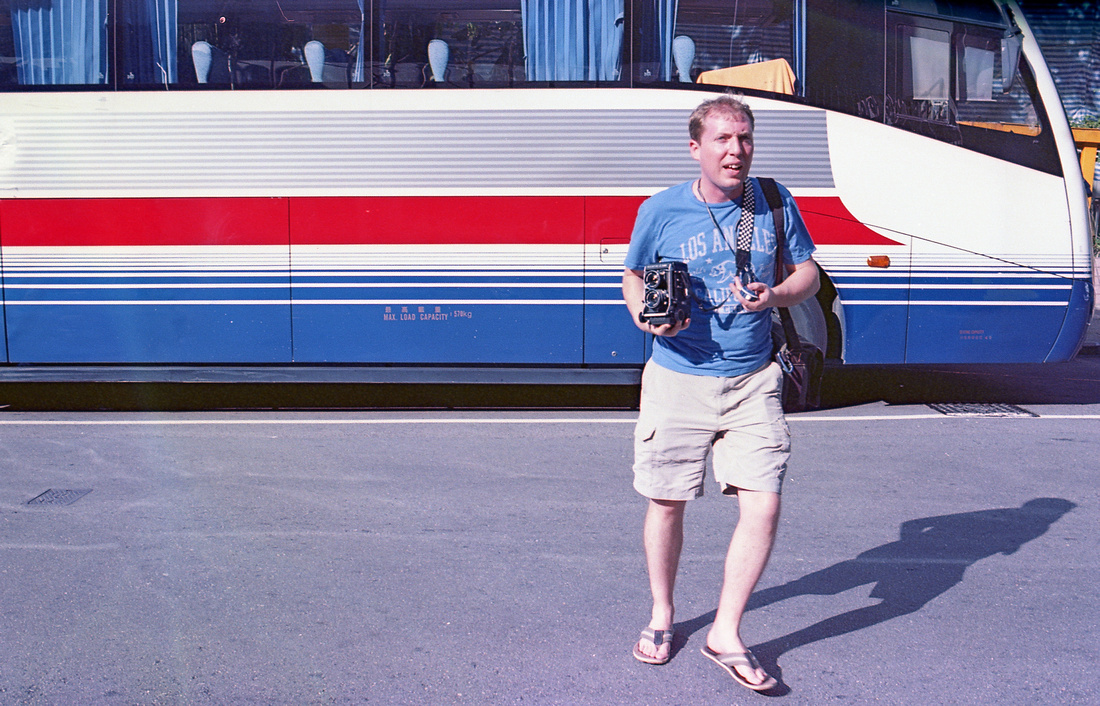

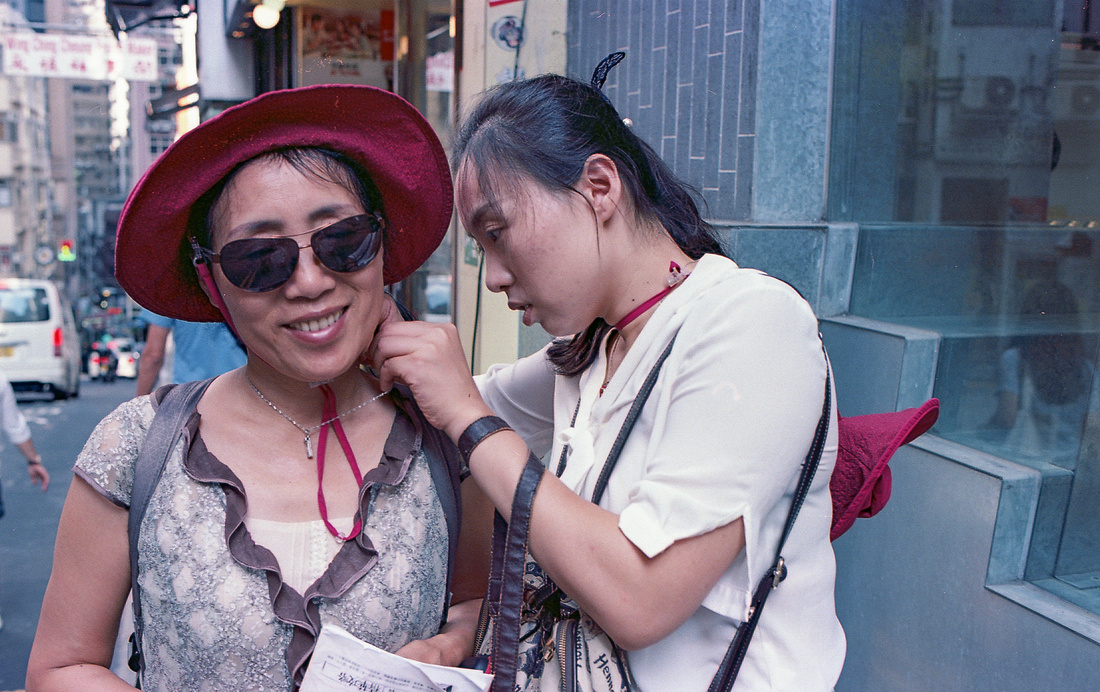

Casual Photophile Tip & Techniques No. 001 The Subject is the Subject
The Inspired Eye Photography Magazine Issue #40 (full interview)
Hong Kong Free Press: HKFP Lens
Blog #47 Composition, Composition, and More Composition
Blog #65 Summer is for Travel (Hanoi)
Blog #67 Risks, Rules, & Restrictions
Blog #68 Photography is a Gift
Blog #72 Living the Creative Life
Blog #82 The Purpose of Art
Blog #82 The Purpose of Art
What is the purpose of art? Does life imitate art or does art imitate life? What is the function of art across culture and time? These and similar big picture questions have been asked time and time again across the ages. I find it fascinating to contemplate these as they relate to my personal philosophy or style in making images.
In this week’s blog post, I will share with you a few quotations so that you may think about your own work as an artist [photographer] and perhaps come to some greater understanding or clarification on why you do what you do. Understanding the reason behind your creativity might propel you forward and give food for thought or, er, creativity, for that matter.
Read on…
I went into photography because it seemed like the perfect vehicle for commenting on the madness of today's existence.
Robert Mapplethorpe
If a day goes by without my doing something related to photography, it’s as though I’ve neglected something essential to my existence, as though I had forgotten to wake up.
Robert Mapplethorpe
Anybody can be a great photographer if they zoom in enough on what they love.
David Bailey
An artist is a man who seeks new structures in which to order and simplify his sense of the reality of life.
John Szarkowski 1966
The purpose of art is washing the dust of daily life off our souls.
Pablo Picasso
There is only you and your camera. The limitations in your photography are in yourself, for what we see is what we are.
Ernst Haas
I don’t have a philosophy. I have a camera.
Saul Leiter
One of the ways that I believe people express their appreciation to the rest of humanity is to make something wonderful and put it out there.
Steve Jobs
The light is always right.
jhg
Images in this blog post were made during a charitable event where a group of Harbour School students passed food out to elderly folks in the Sham Shui Po Housing Blocks during Mid-Autumn Festival Oct 2017.






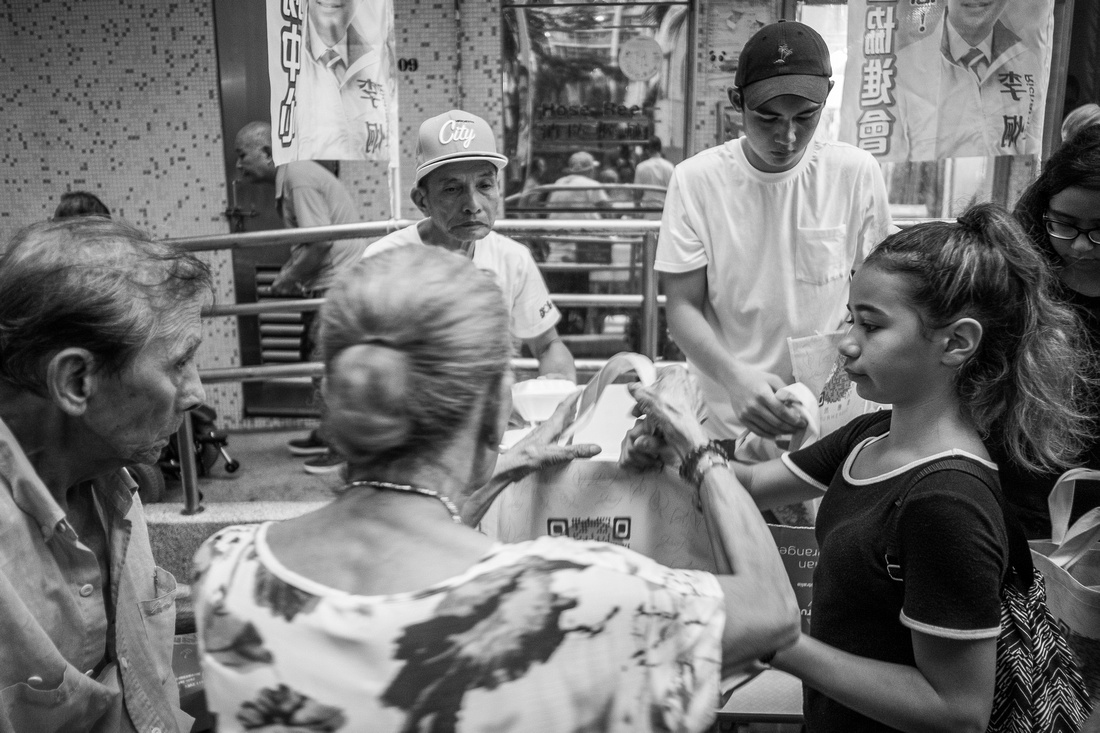



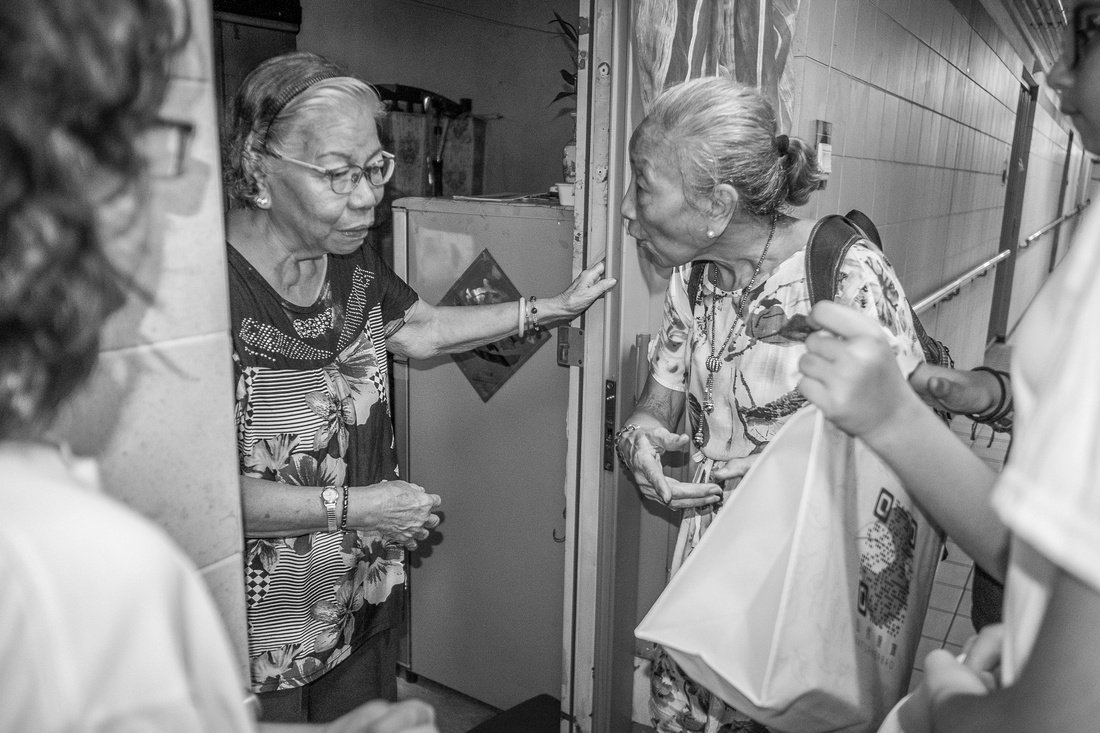

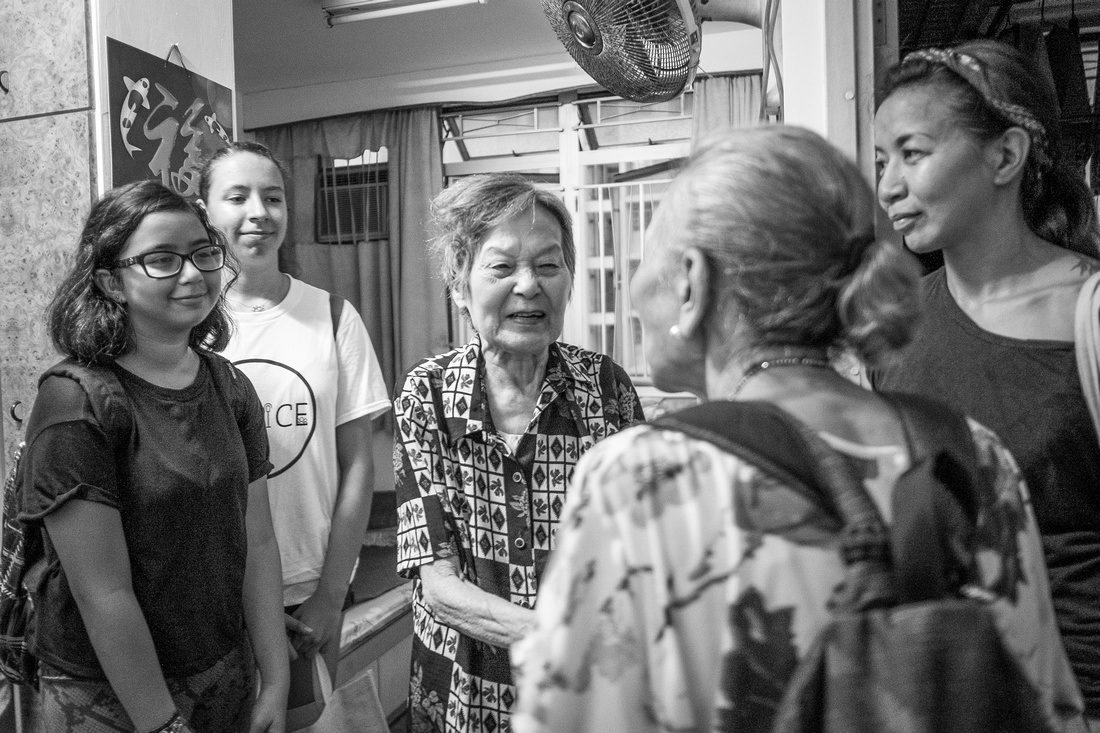

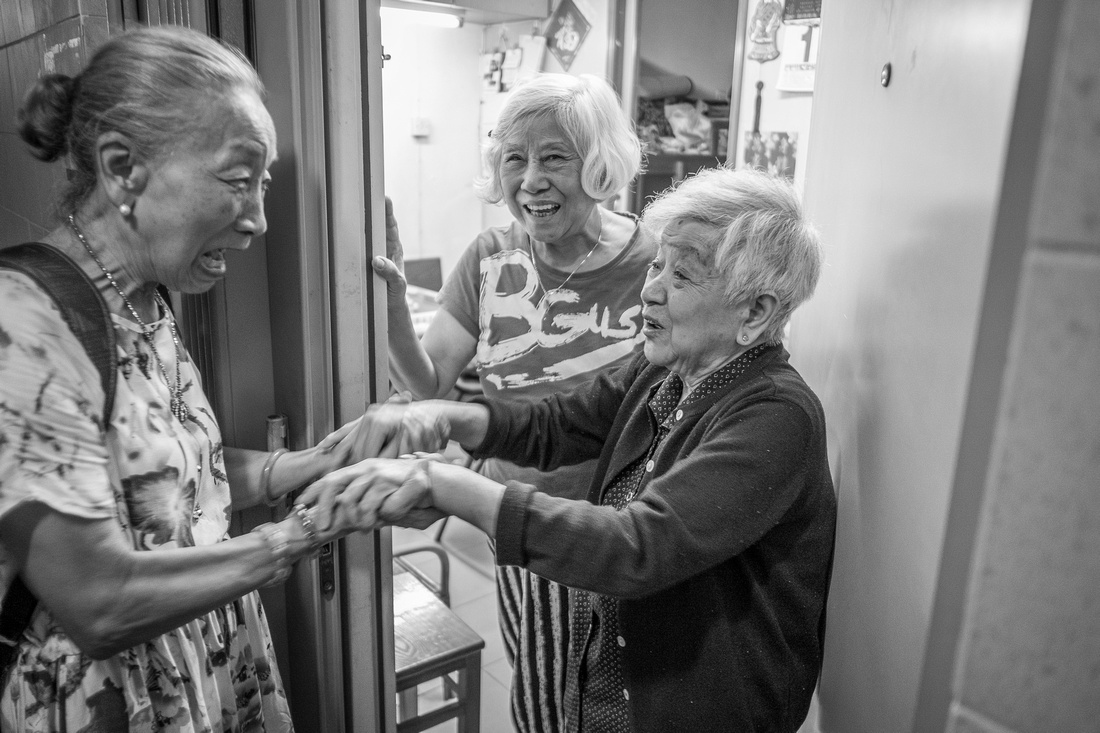

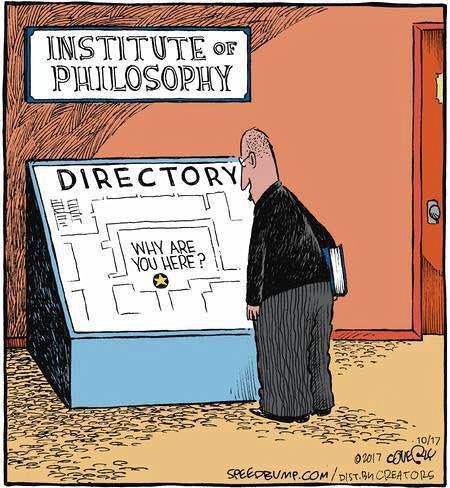

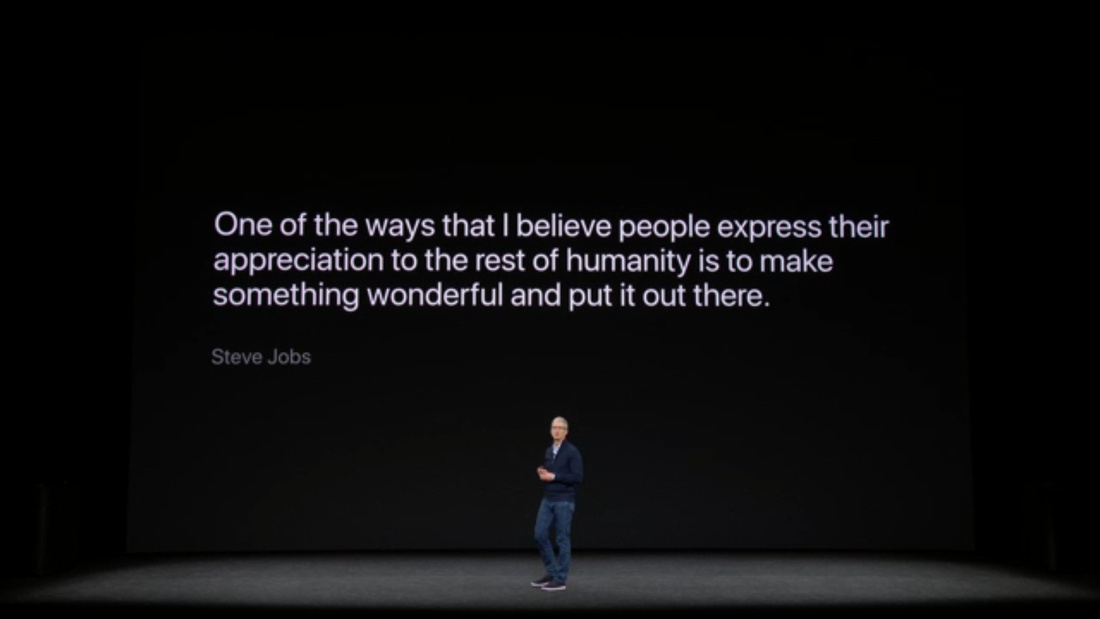

Casual Photophile Tip & Techniques No. 001 The Subject is the Subject
The Inspired Eye Photography Magazine Issue #40 (full interview)
Hong Kong Free Press: HKFP Lens
Blog #47 Composition, Composition, and More Composition
Blog #65 Summer is for Travel (Hanoi)
Blog #67 Risks, Rules, & Restrictions
Blog #68 Photography is a Gift
Blog #72 Living the Creative Life
Blog #81 Talent is Nothing
Blog #81 Talent is Nothing
In this week’s blog post, I would like to address the topic of talent. Every once in a while someone like Wolfgang Amadeus Mozart grazes us all with his presence. True genius especially in the creative arts is rare. Nevertheless, there are many talented artists. When we gaze upon the work of Ansel Adams, Henri Cartier-Bresson, or Alex Webb, to name a few, we can’t help but use the word talented to describe these photographers.


What happens next is that we falsely conclude that these folks were born with some sort of instinctual ability to make gorgeous draw-dropping images with a camera.
“You either got it or you don’t”, we conclude.
Some thing critical is missing from our simple analysis. These folks got to where they are through tons of hard work. Upon seeing a finished work of photography, drawing, painting, sculpture, architecture, or novel we are completely removed from any understanding or appreciation of the years and decades of elbow grease that inevitably came before and resulted in the piece in front of us.
We do not see the thousands of behaviors and long nights that lead the artist to that point in their creative career. It’s all there, you just can’t see it. Therefore, we conclude, incorrectly, that talent is what caused this artist to create good art.
Talent is a null word. It’s the summation of countless hours of literally blood, sweat, and tears. How do Olympic athletes get that way? They work their asses off for it, that’s how. Hard work breeds success. Talent is nothing.
The light is always right.
jhg
*The images below are original and from the September 2017 Distinguished Gentleman's Ride in Hong Kong, a fund raiser event for Men's Health and Prostate Cancer*
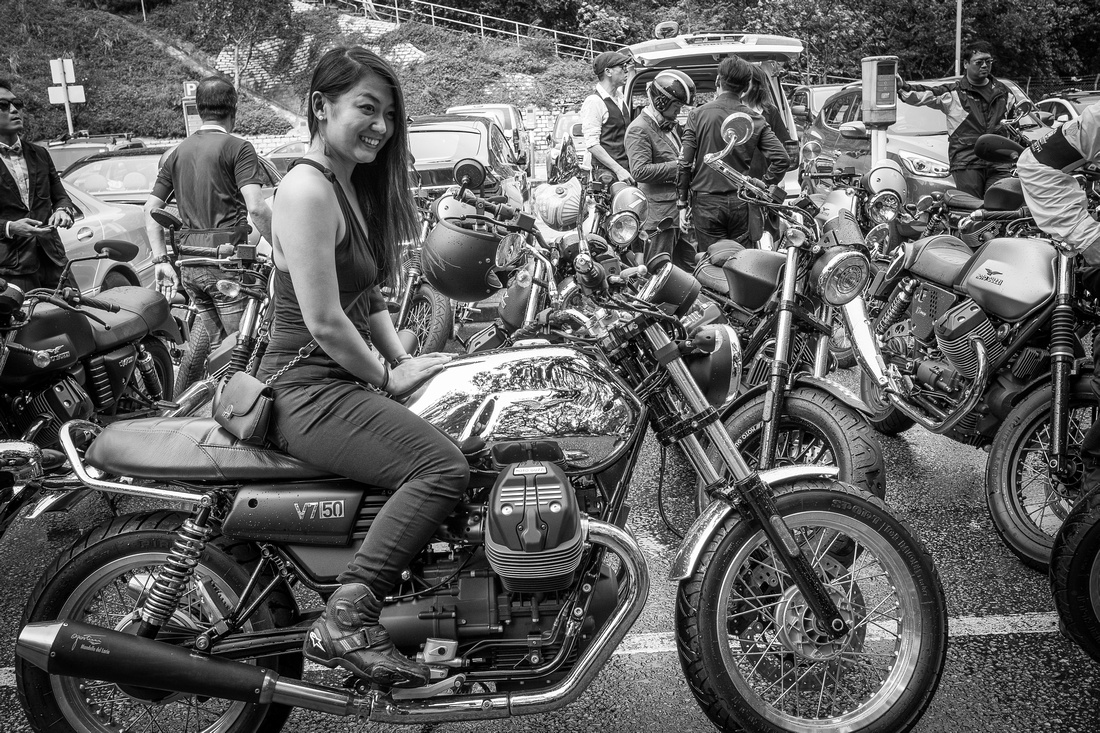

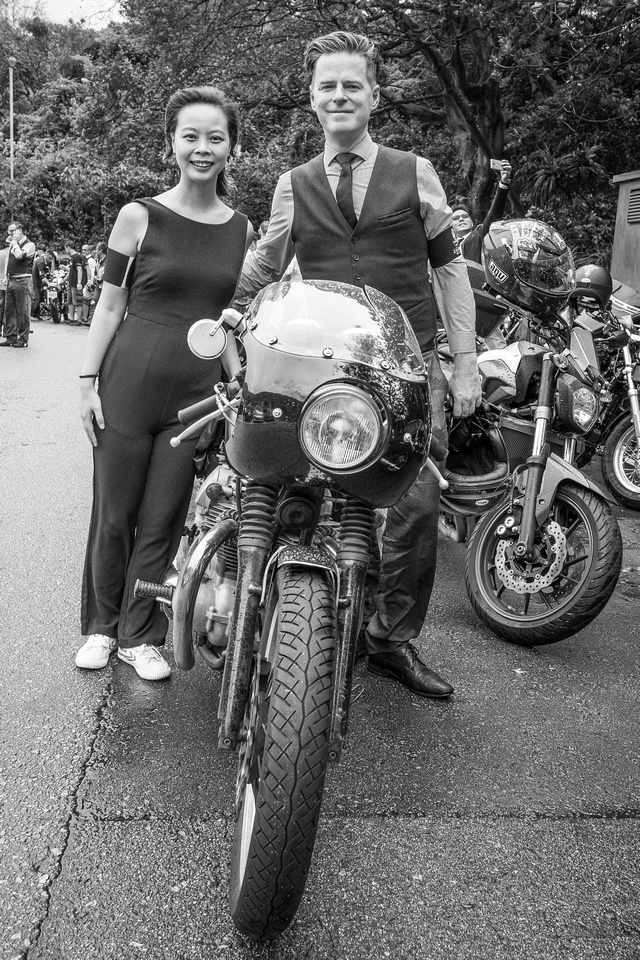

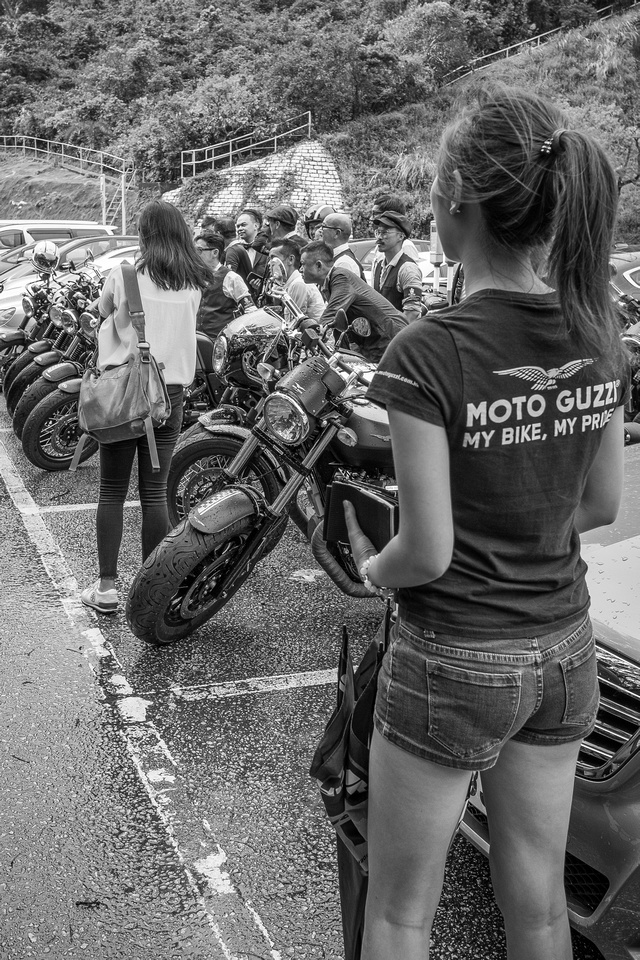

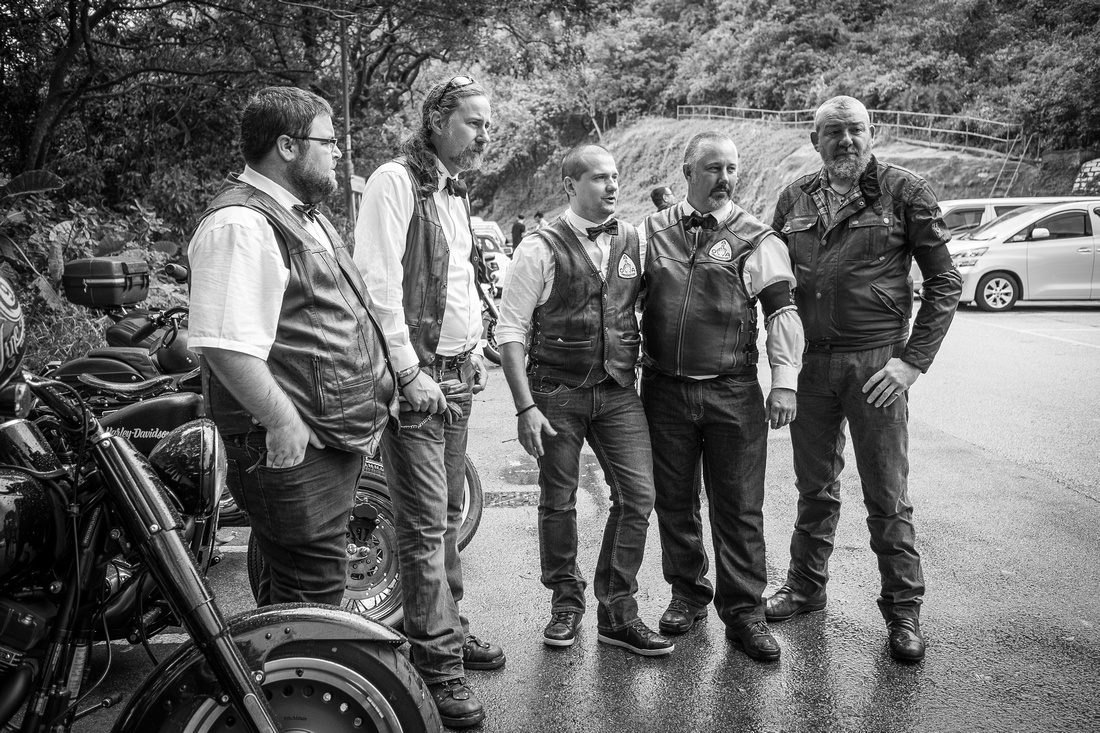

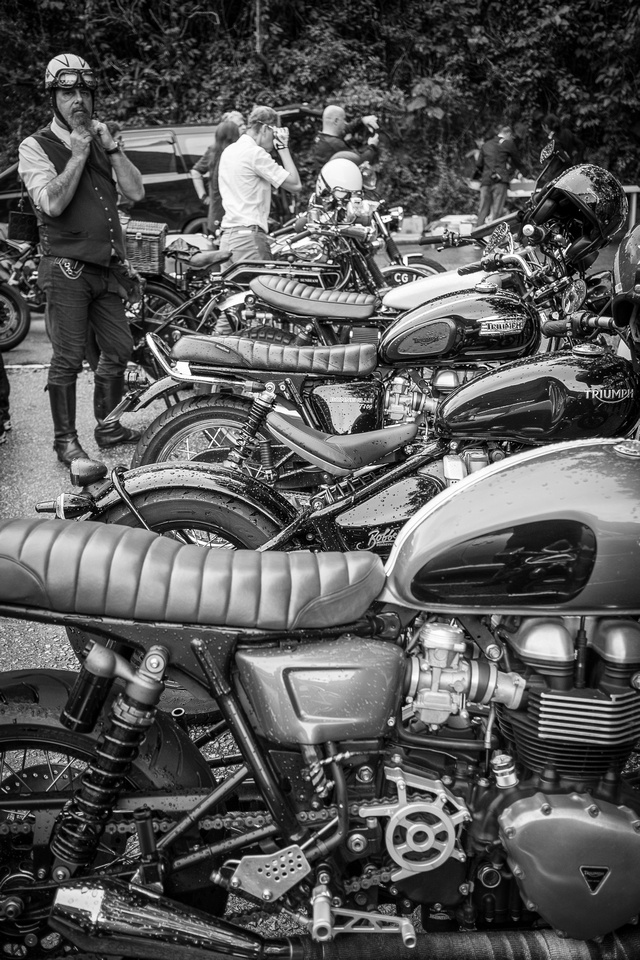

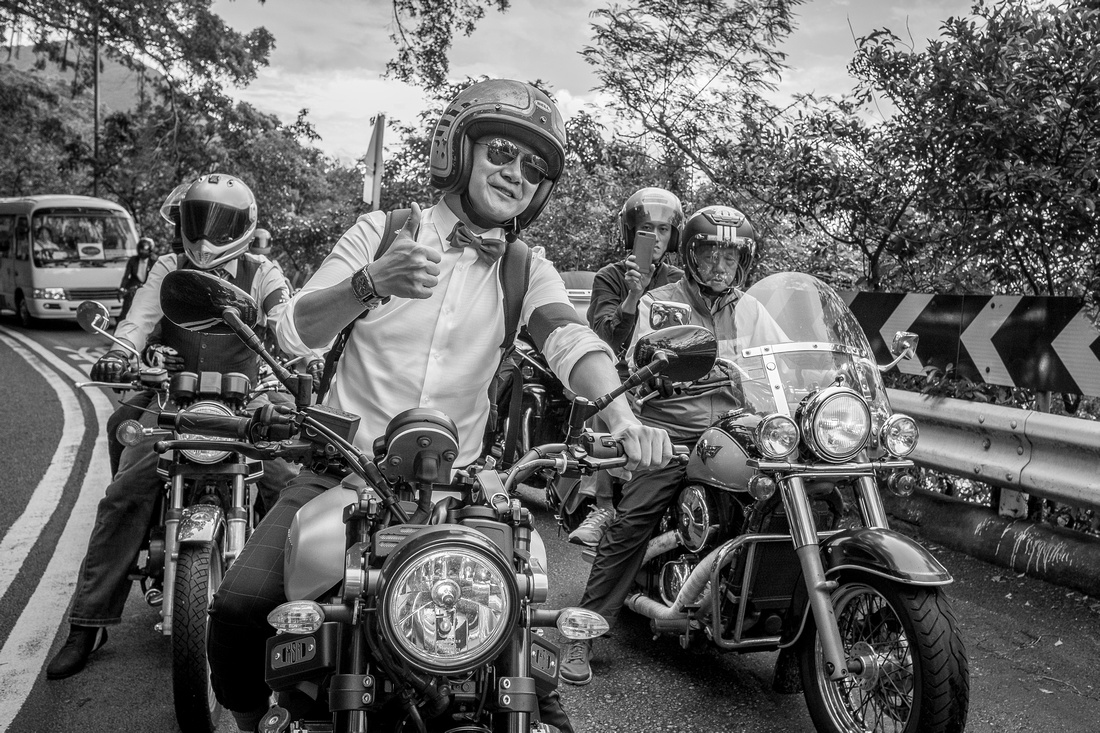



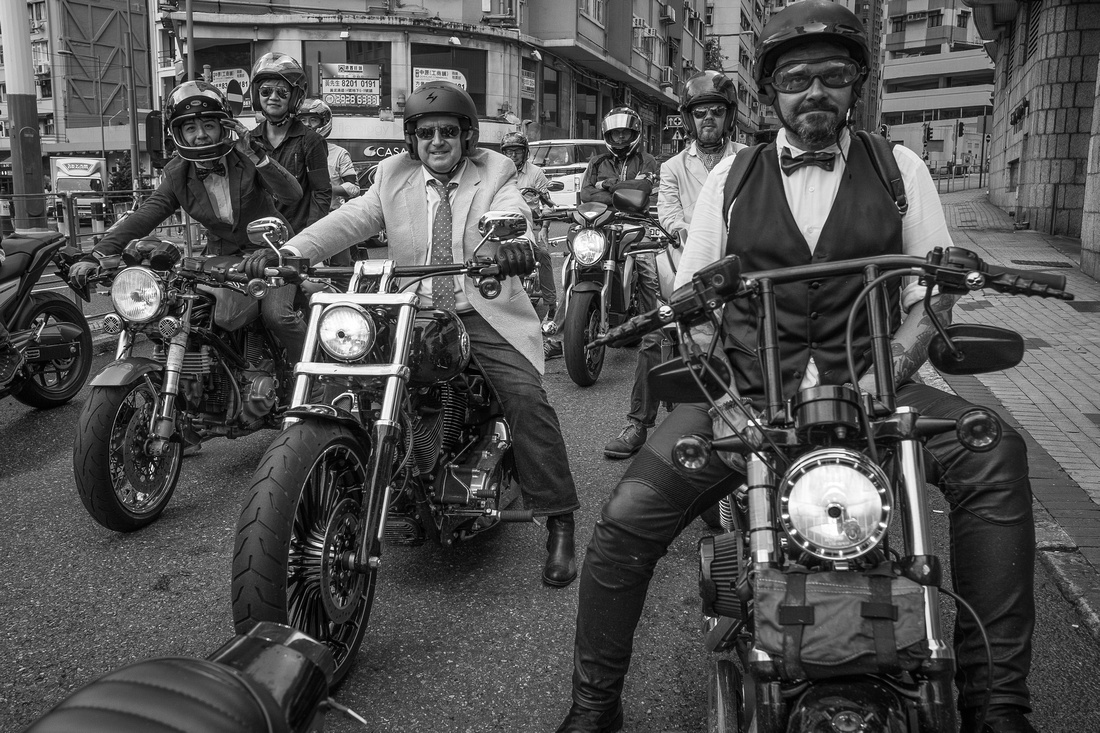





Casual Photophile Tip & Techniques No. 001 The Subject is the Subject
The Inspired Eye Photography Magazine Issue #40 (full interview)
Hong Kong Free Press: HKFP Lens
Blog #47 Composition, Composition, and More Composition
Blog #65 Summer is for Travel (Hanoi)
Blog #67 Risks, Rules, & Restrictions
Blog #68 Photography is a Gift
Blog #72 Living the Creative Life